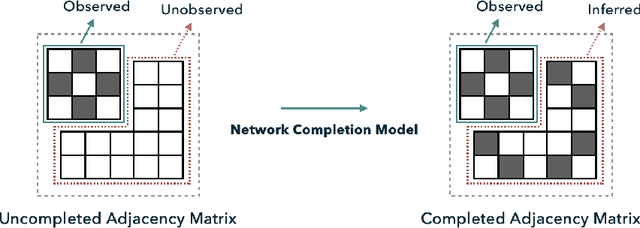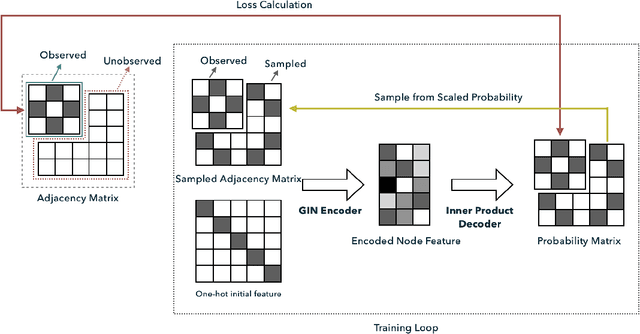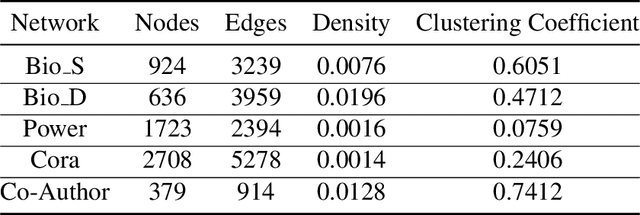Graph Auto-Encoders for Network Completion
Paper and Code
Apr 25, 2022



Completing a graph means inferring the missing nodes and edges from a partially observed network. Different methods have been proposed to solve this problem, but none of them employed the pattern similarity of parts of the graph. In this paper, we propose a model to use the learned pattern of connections from the observed part of the network based on the Graph Auto-Encoder technique and generalize these patterns to complete the whole graph. Our proposed model achieved competitive performance with less information needed. Empirical analysis of synthetic datasets and real-world datasets from different domains show that our model can complete the network with higher accuracy compared with baseline prediction models in most cases. Furthermore, we also studied the character of the model and found it is particularly suitable to complete a network that has more complex local connection patterns.
 Add to Chrome
Add to Chrome Add to Firefox
Add to Firefox Add to Edge
Add to Edge